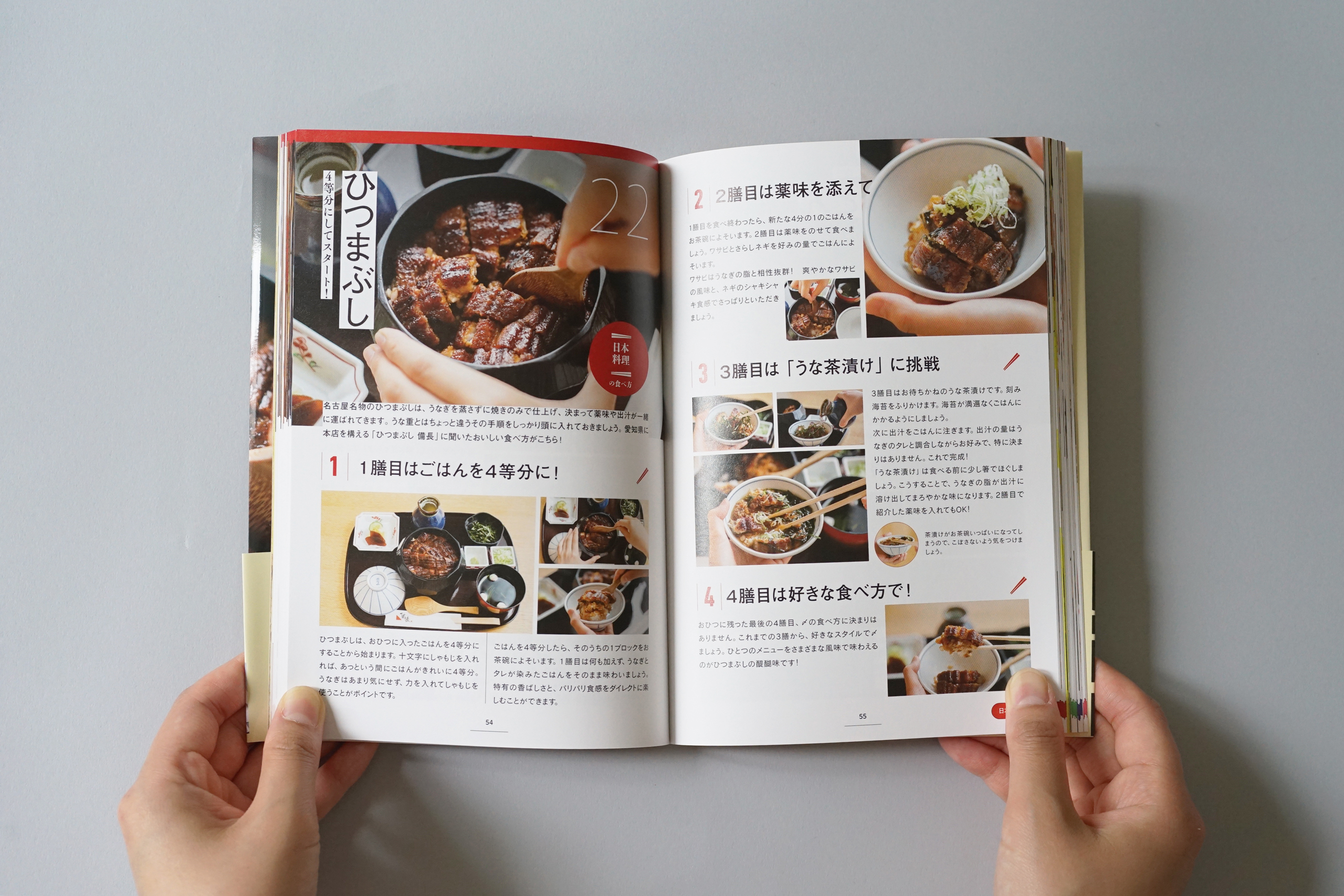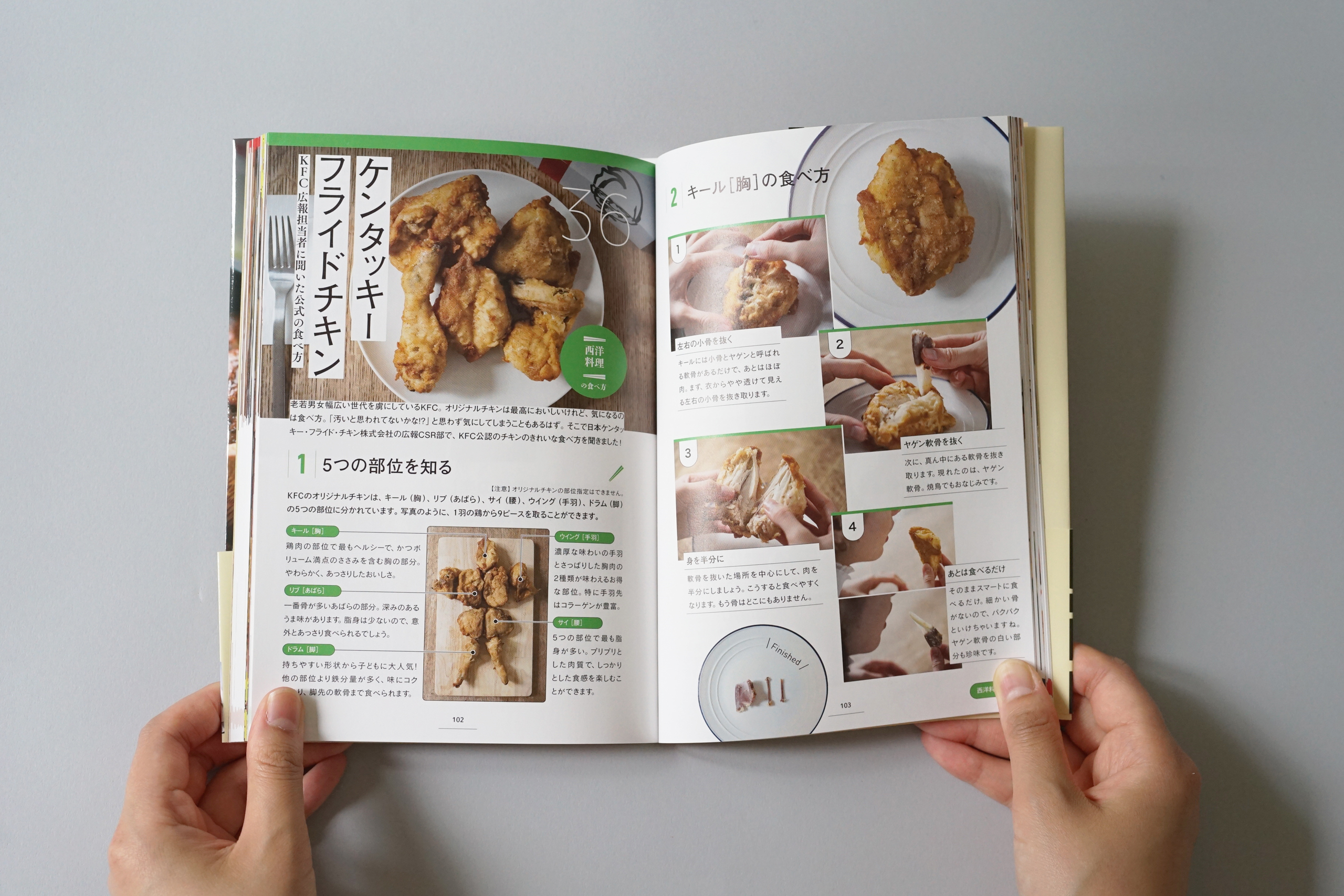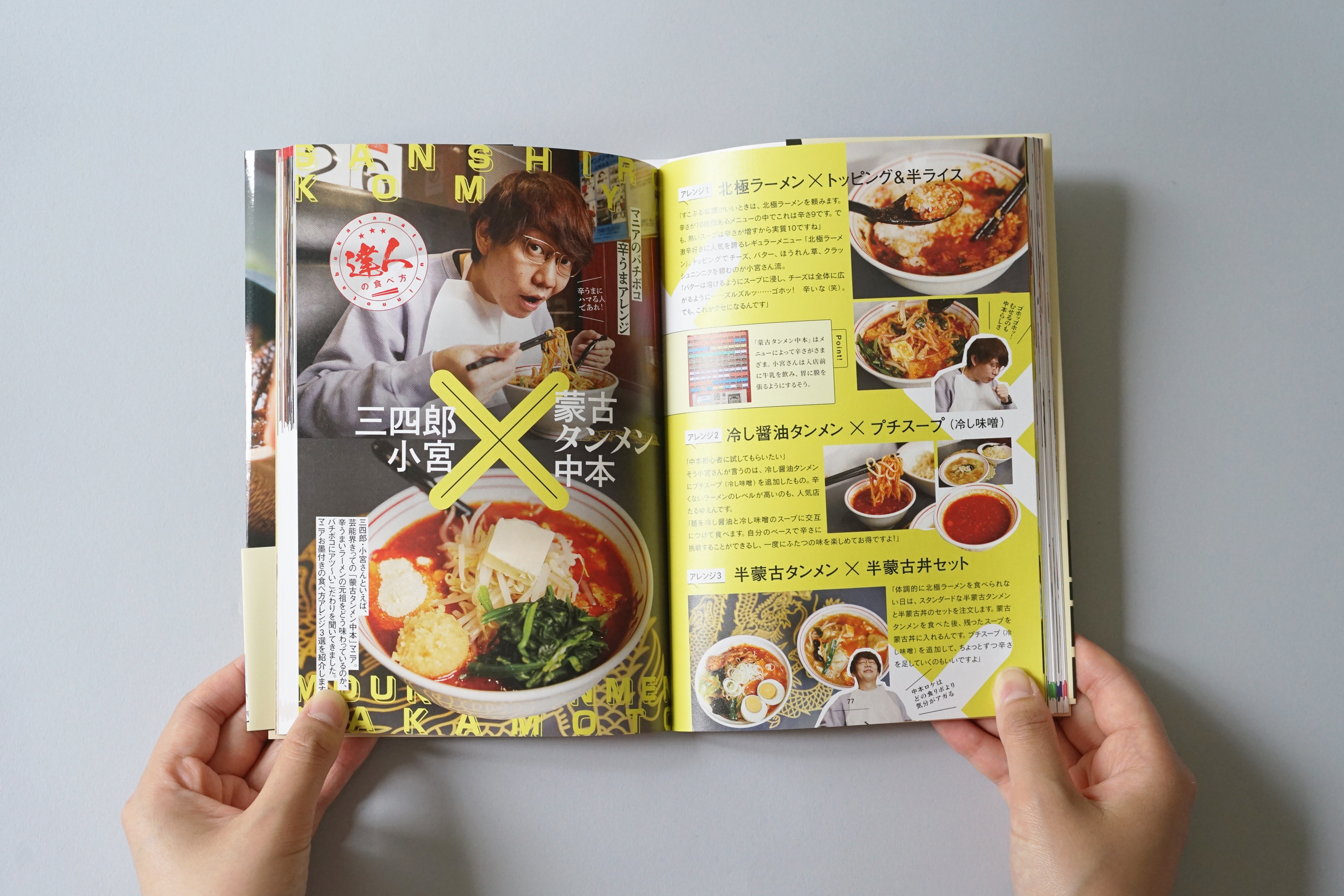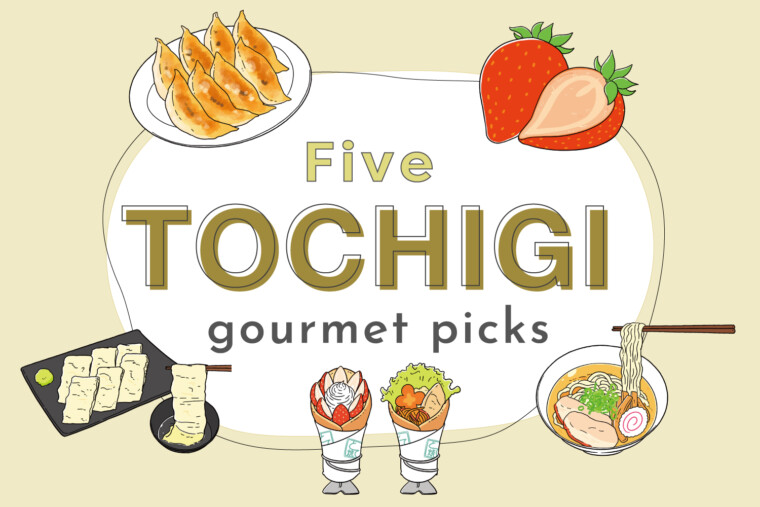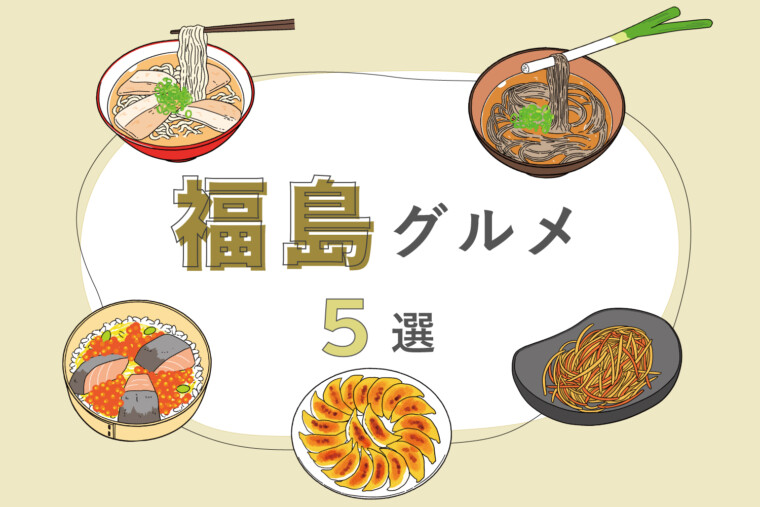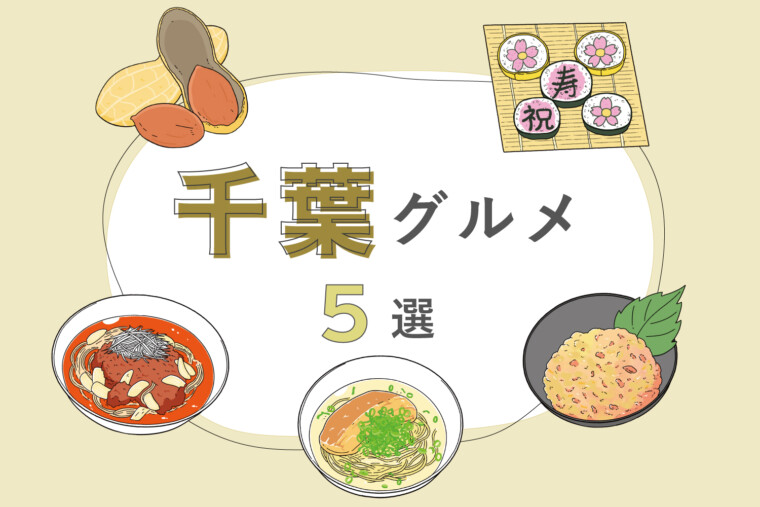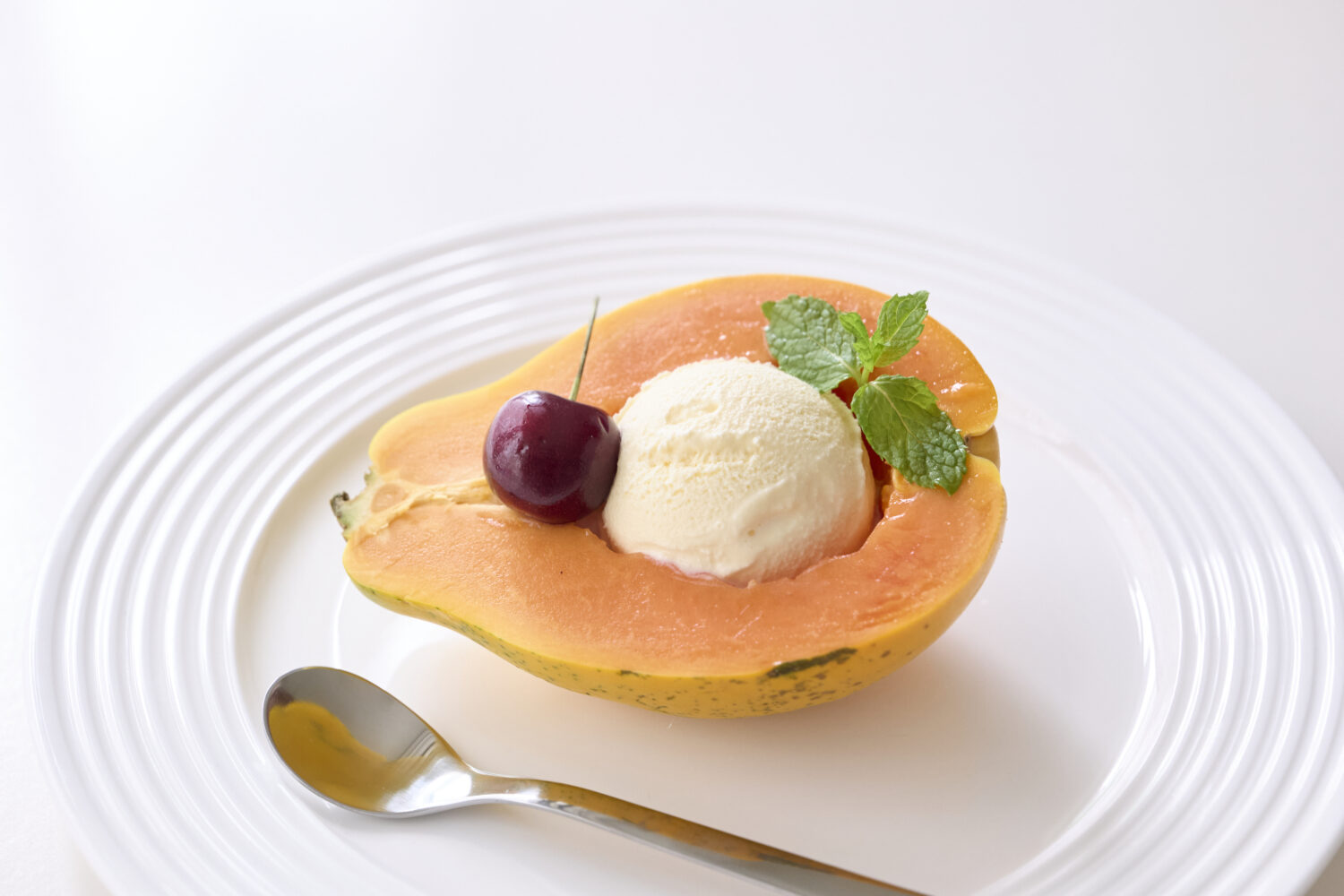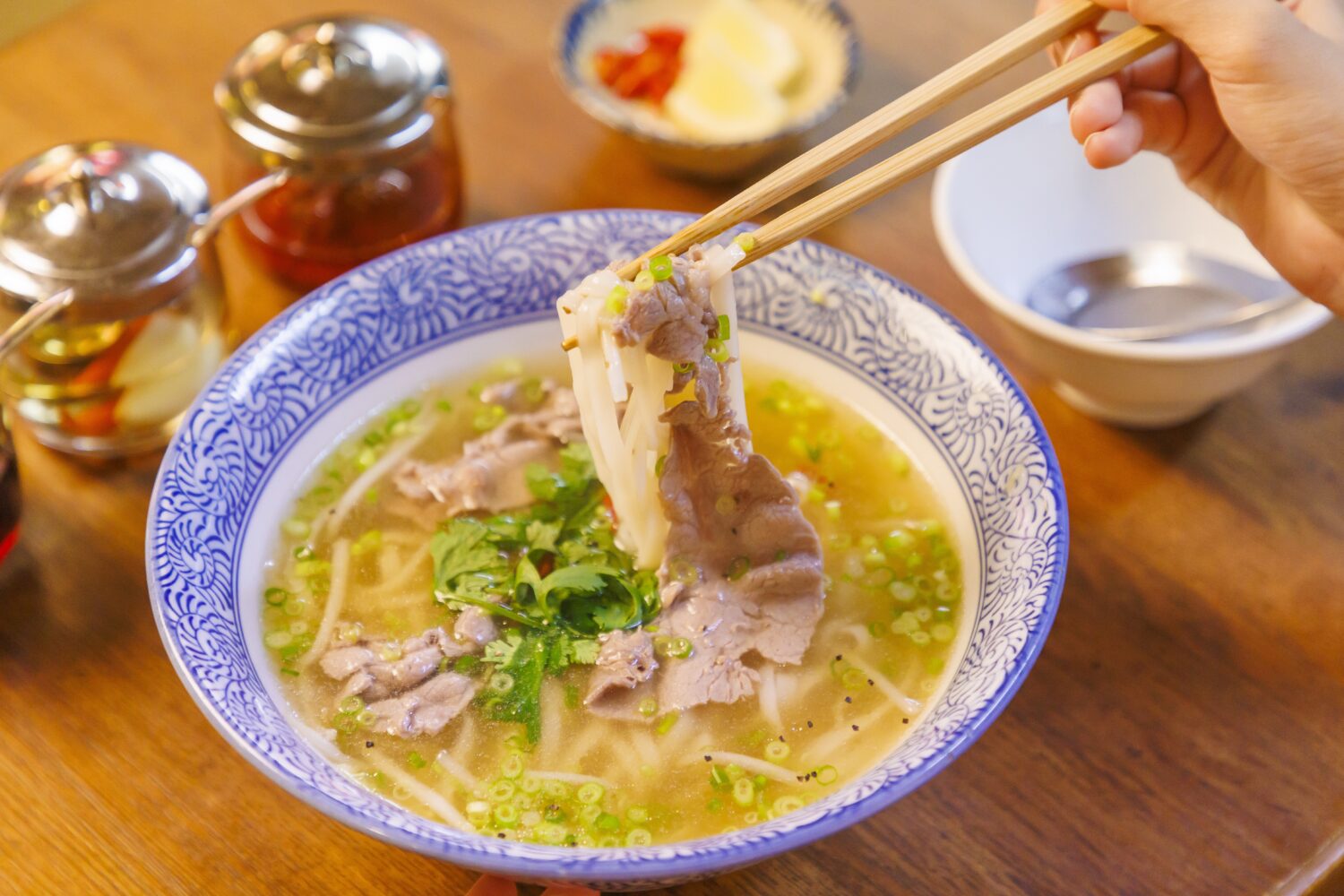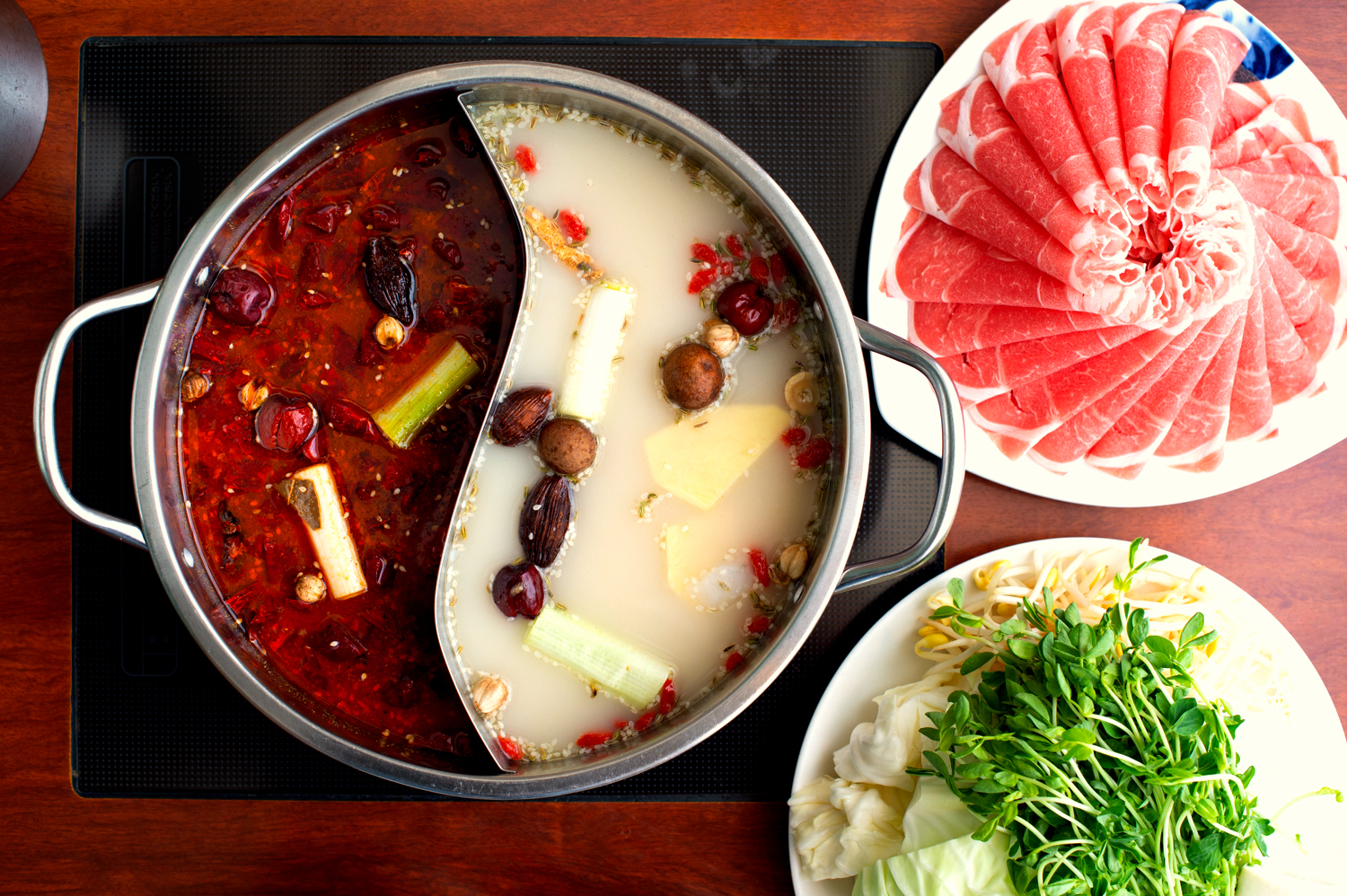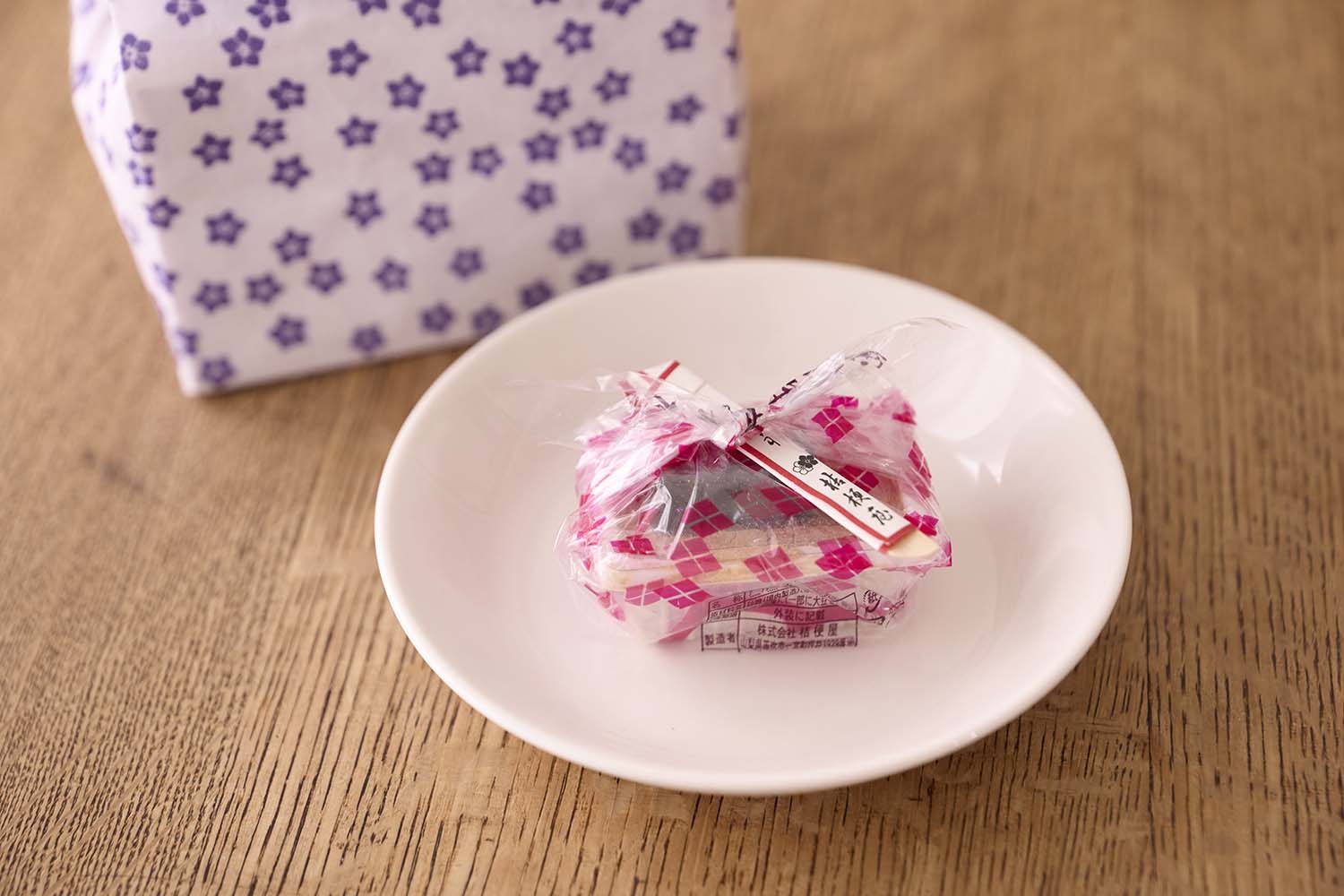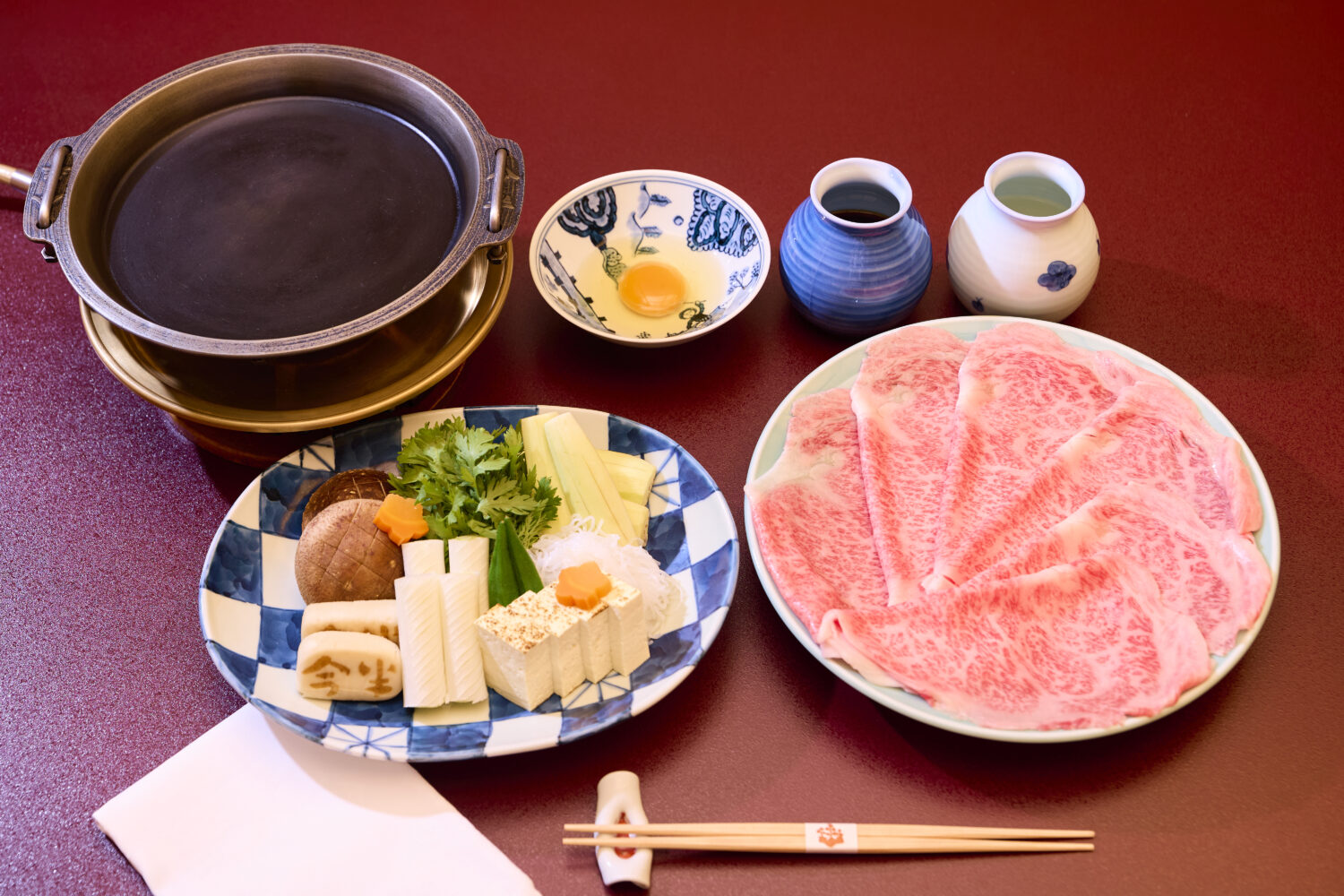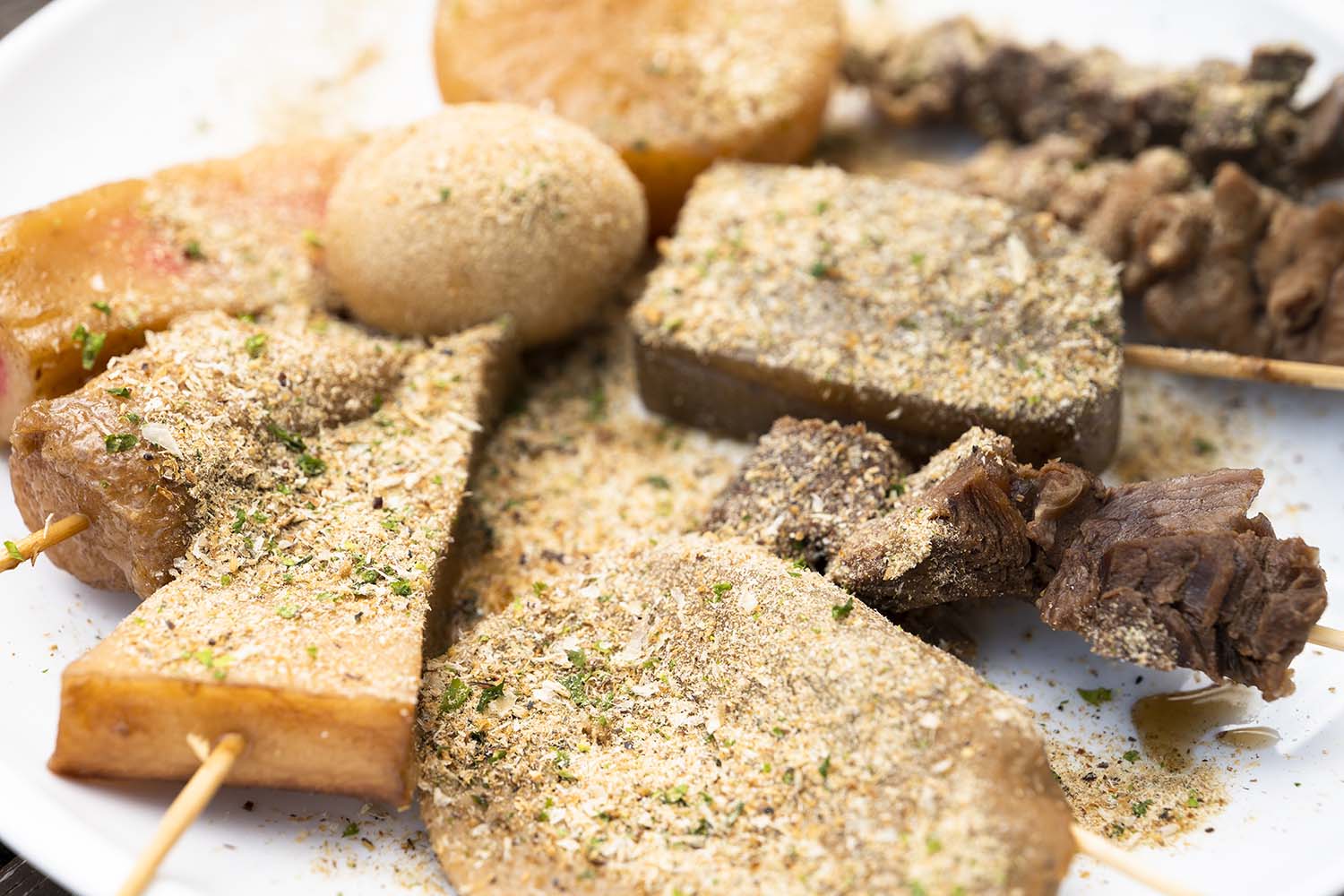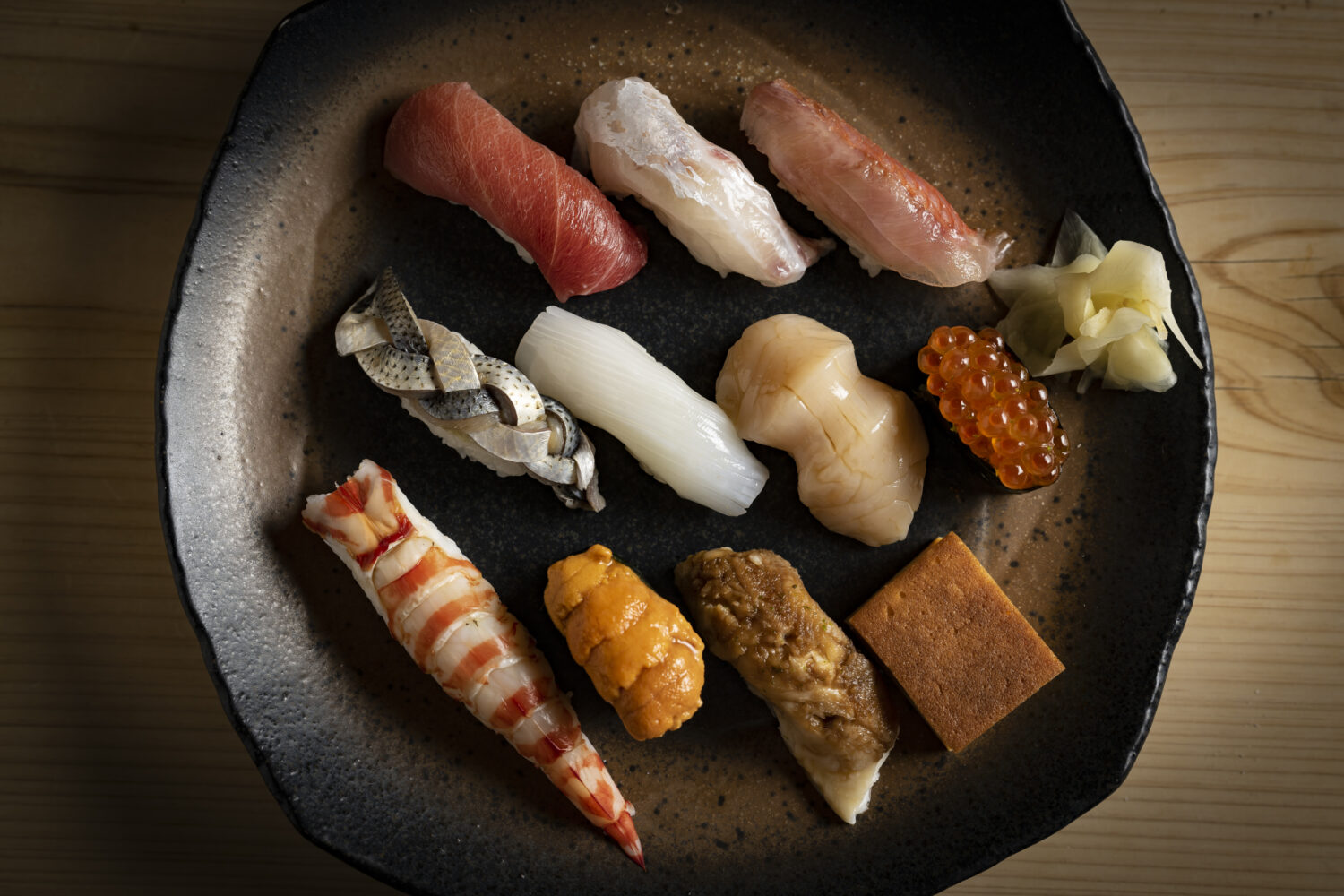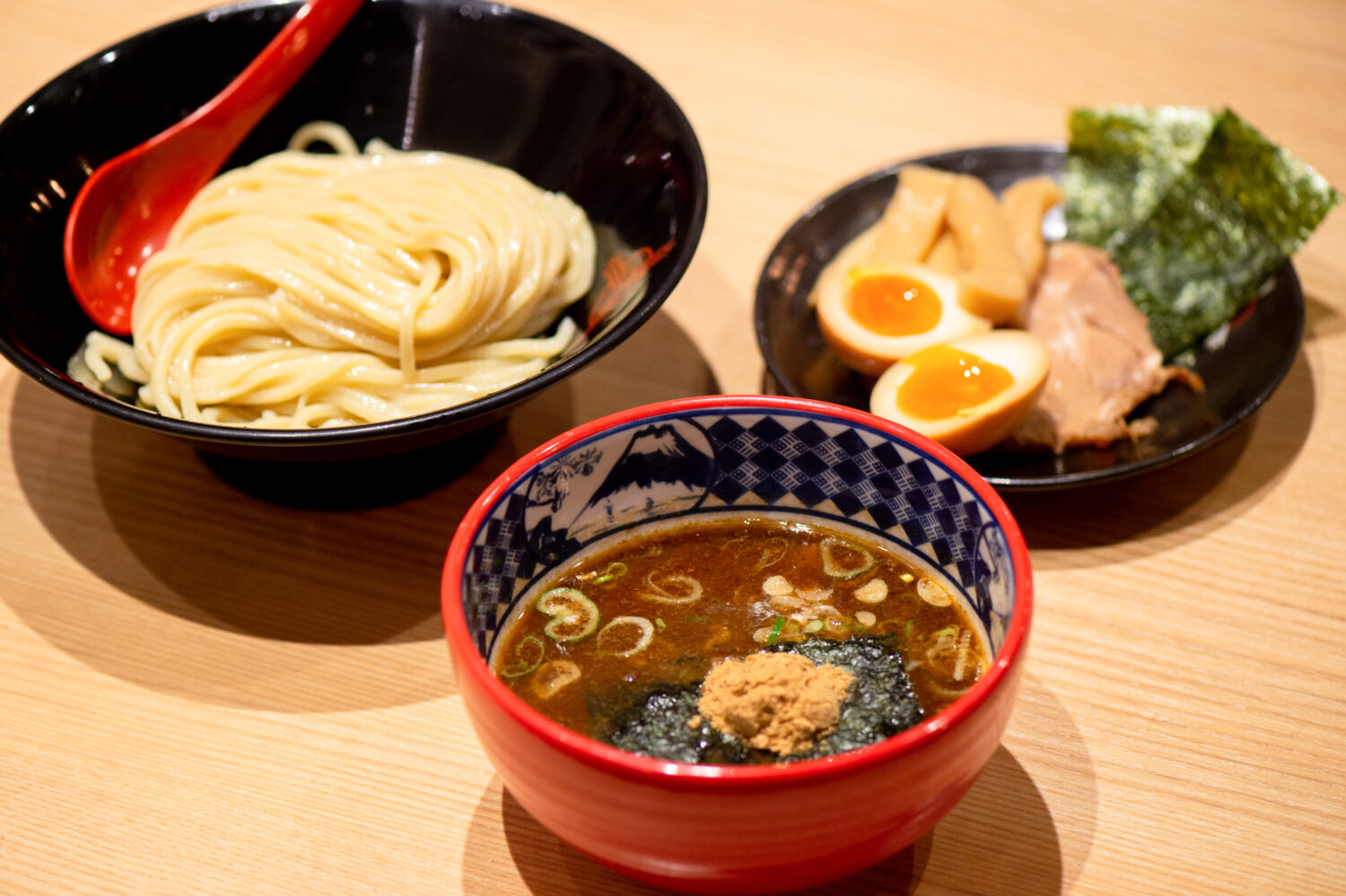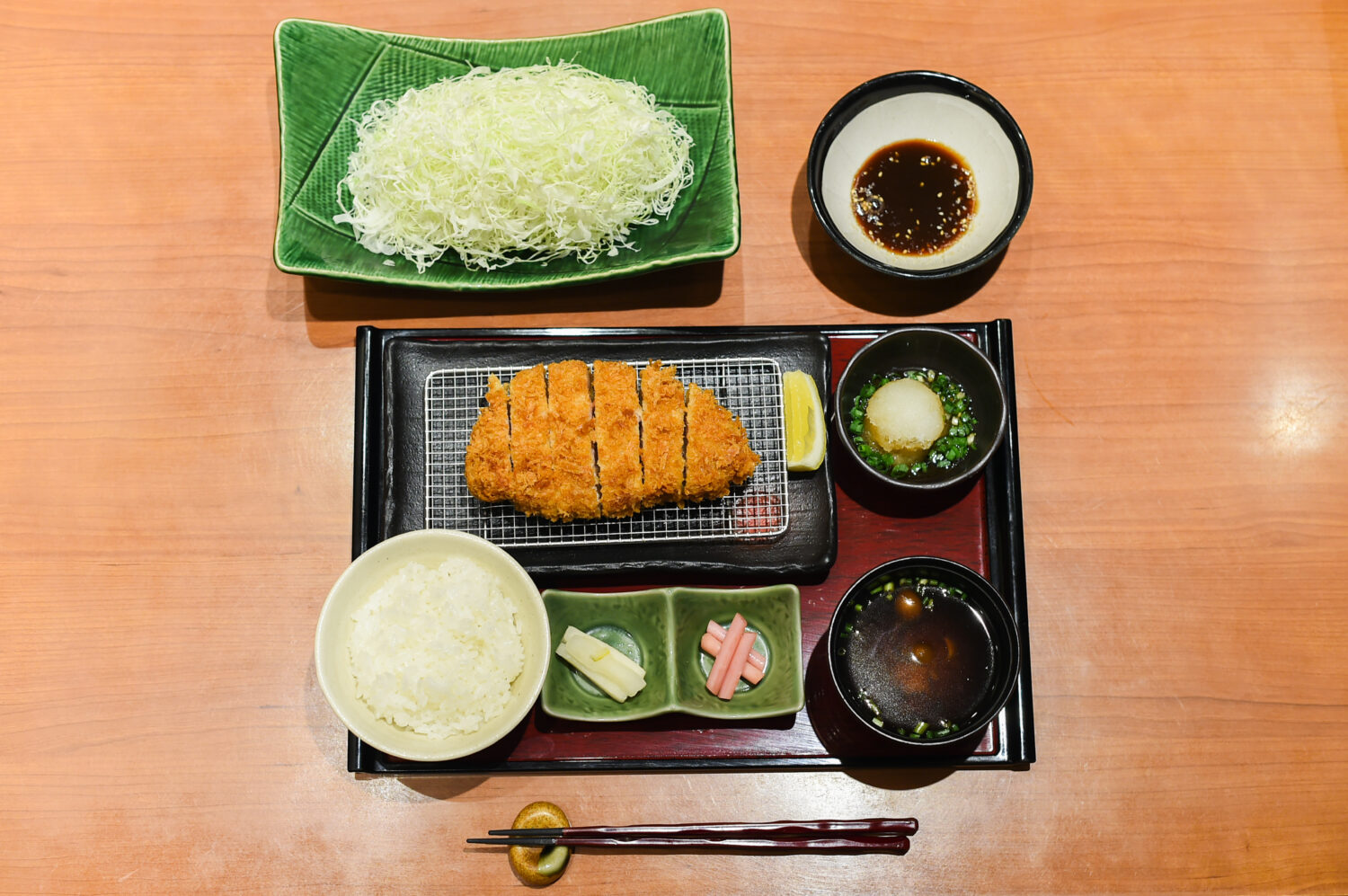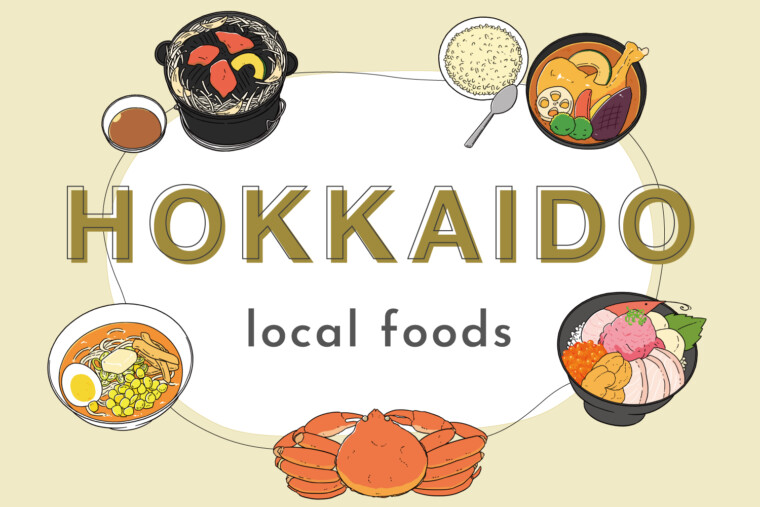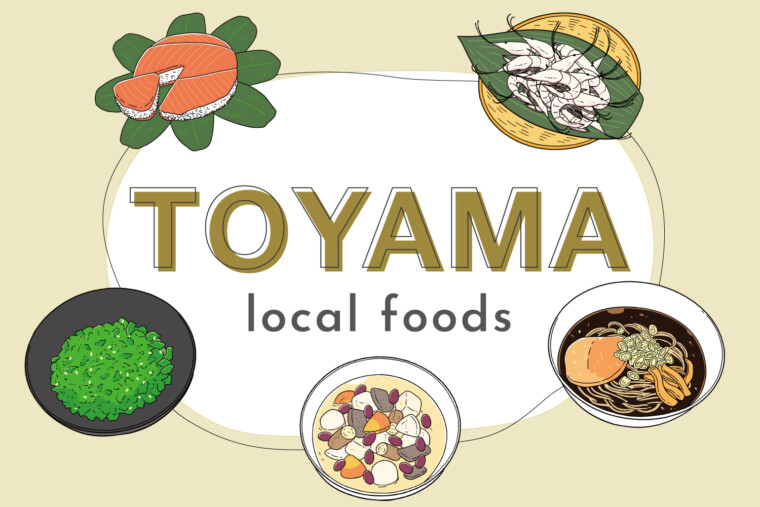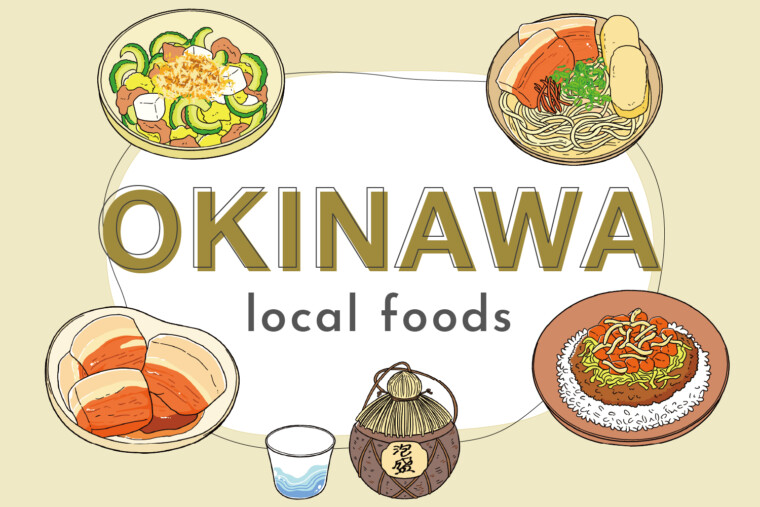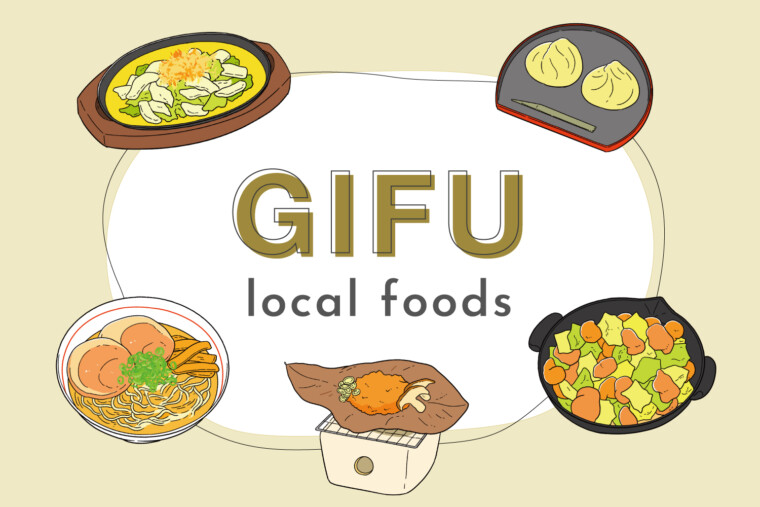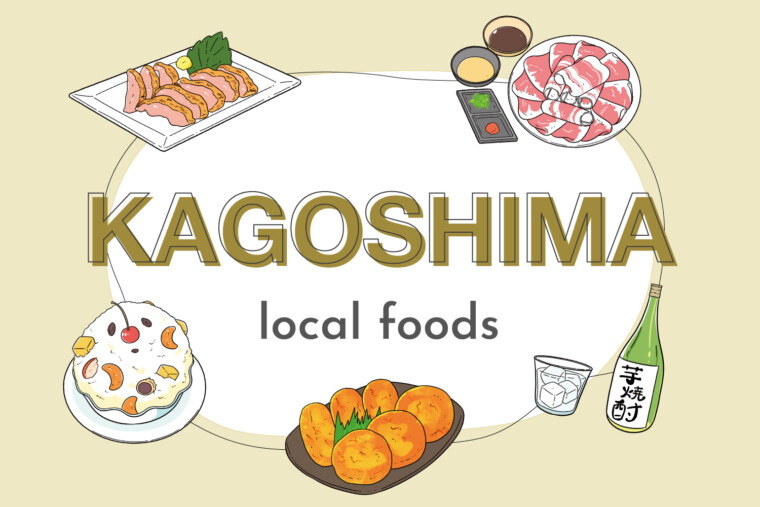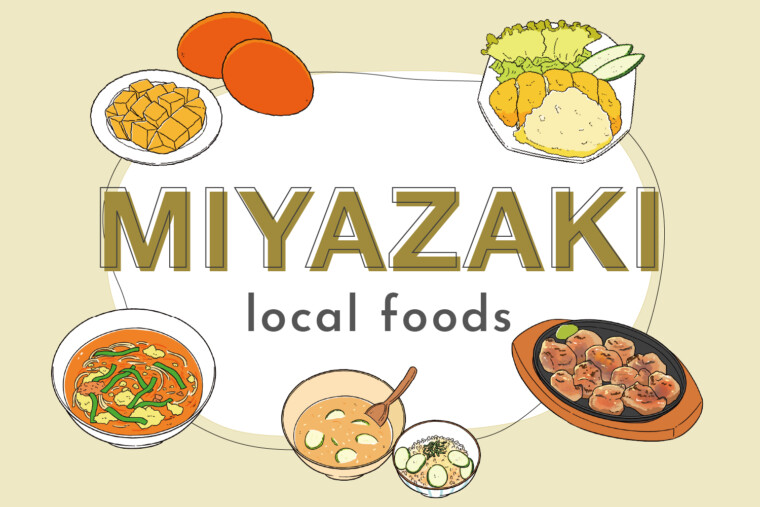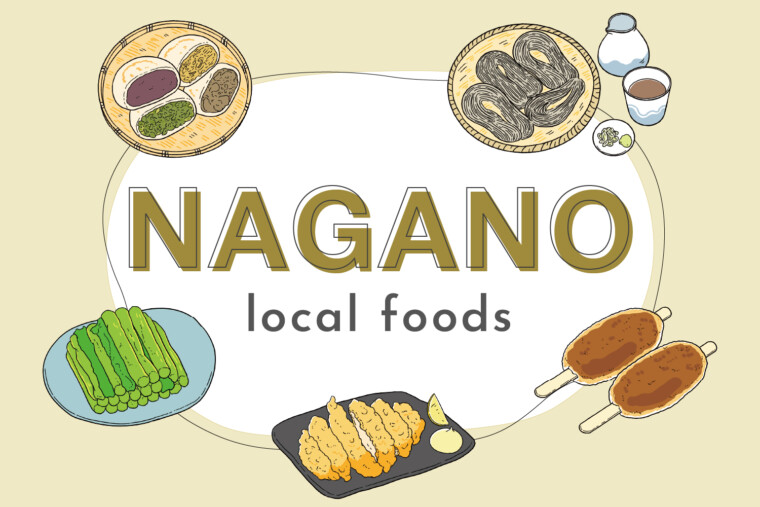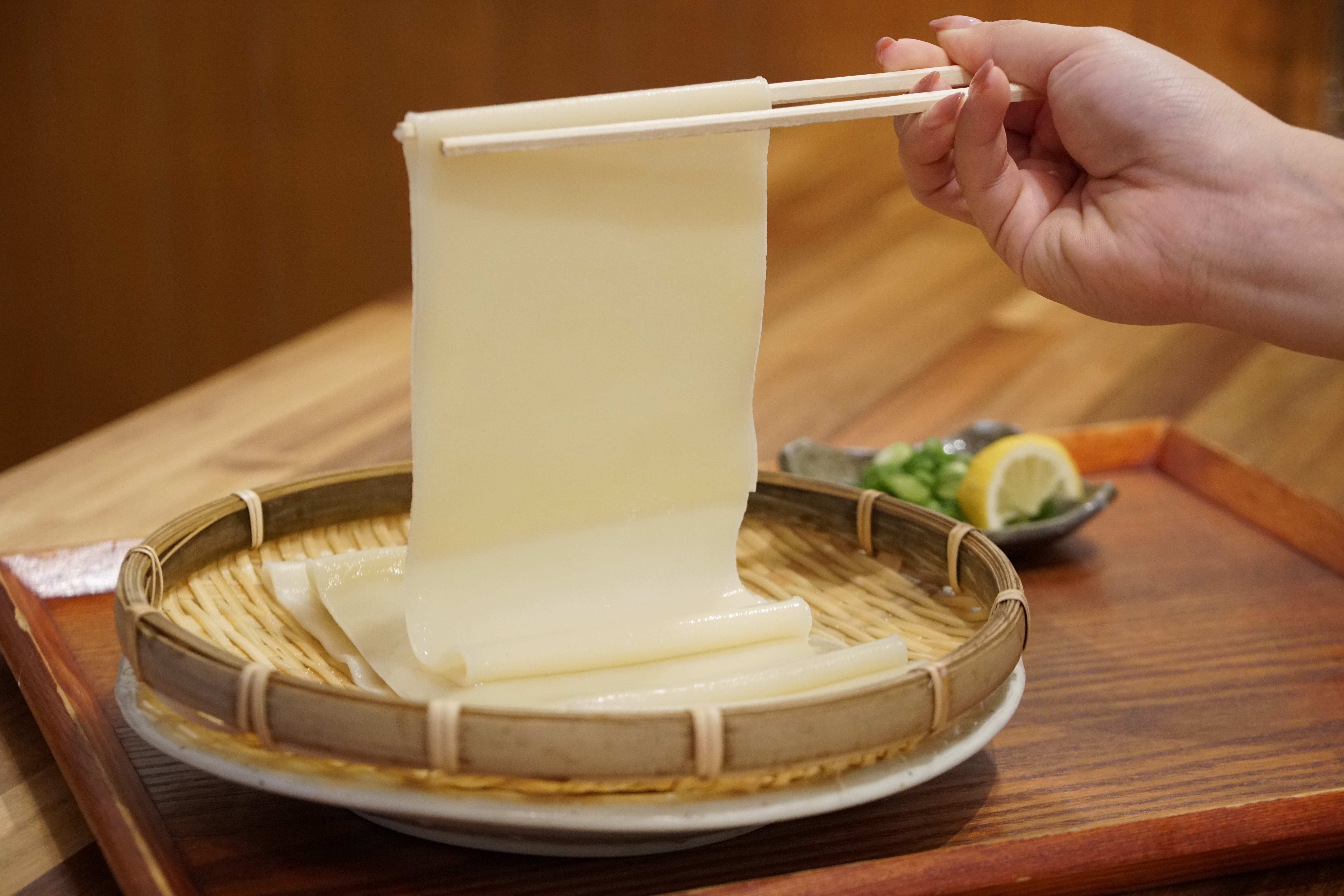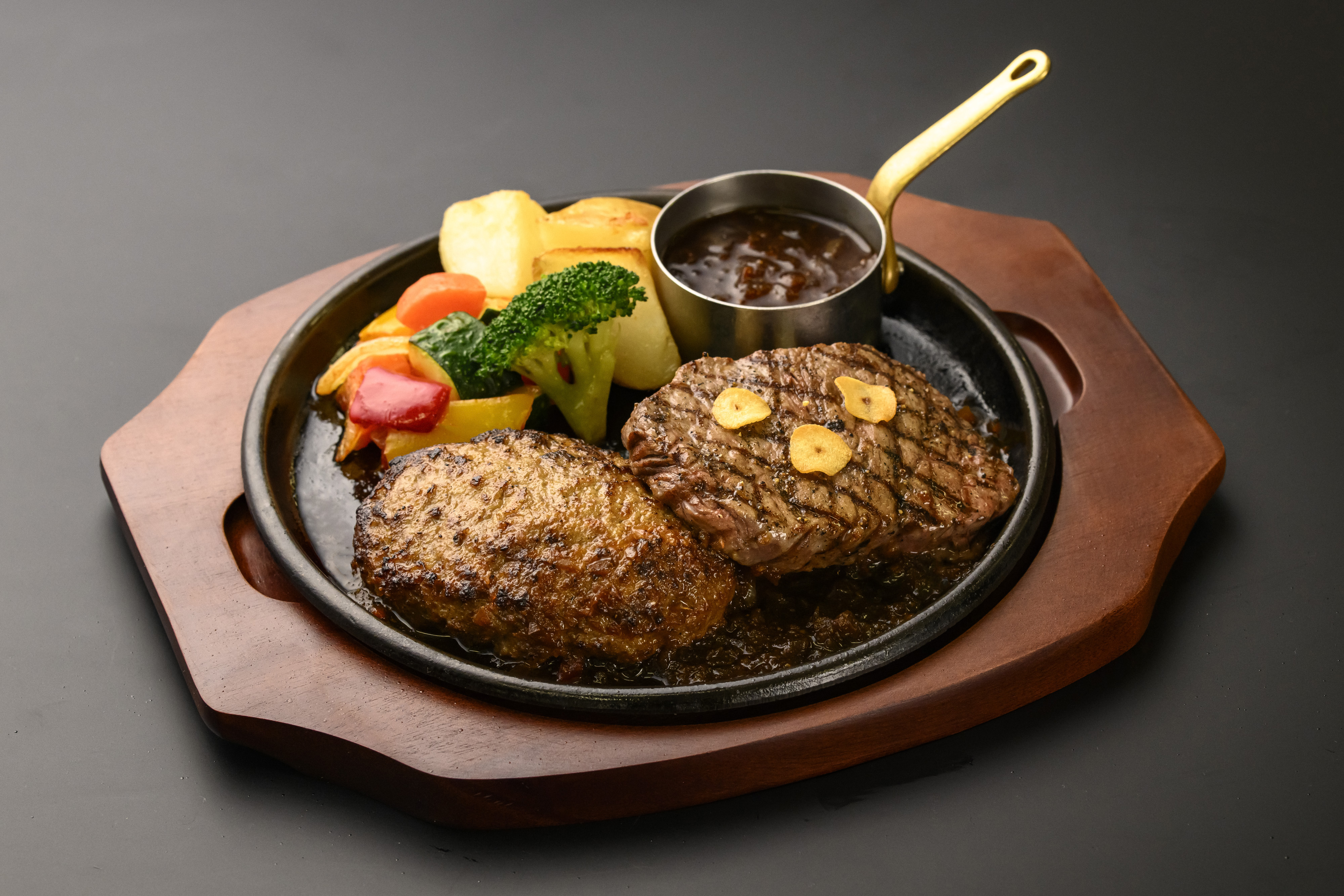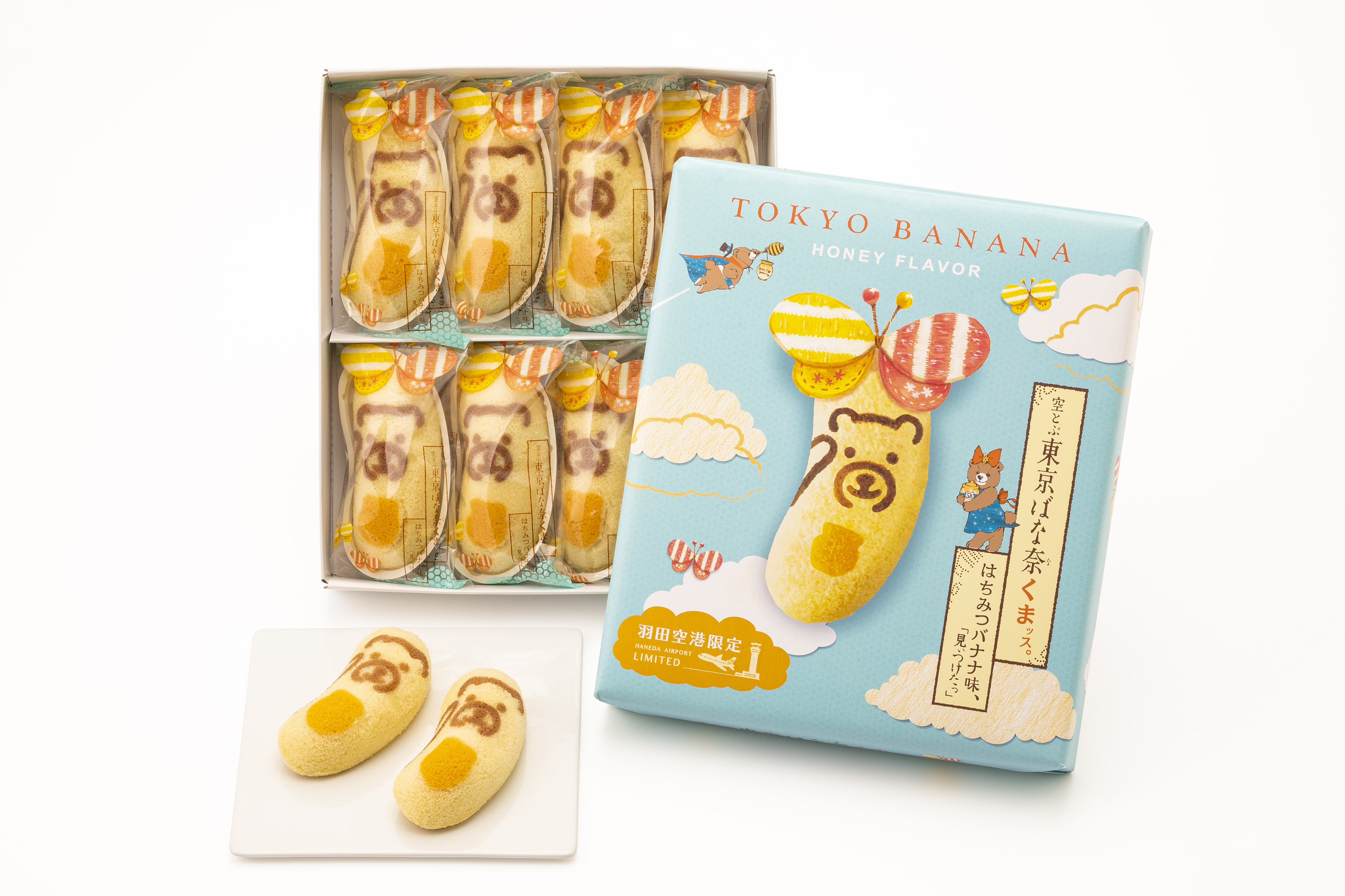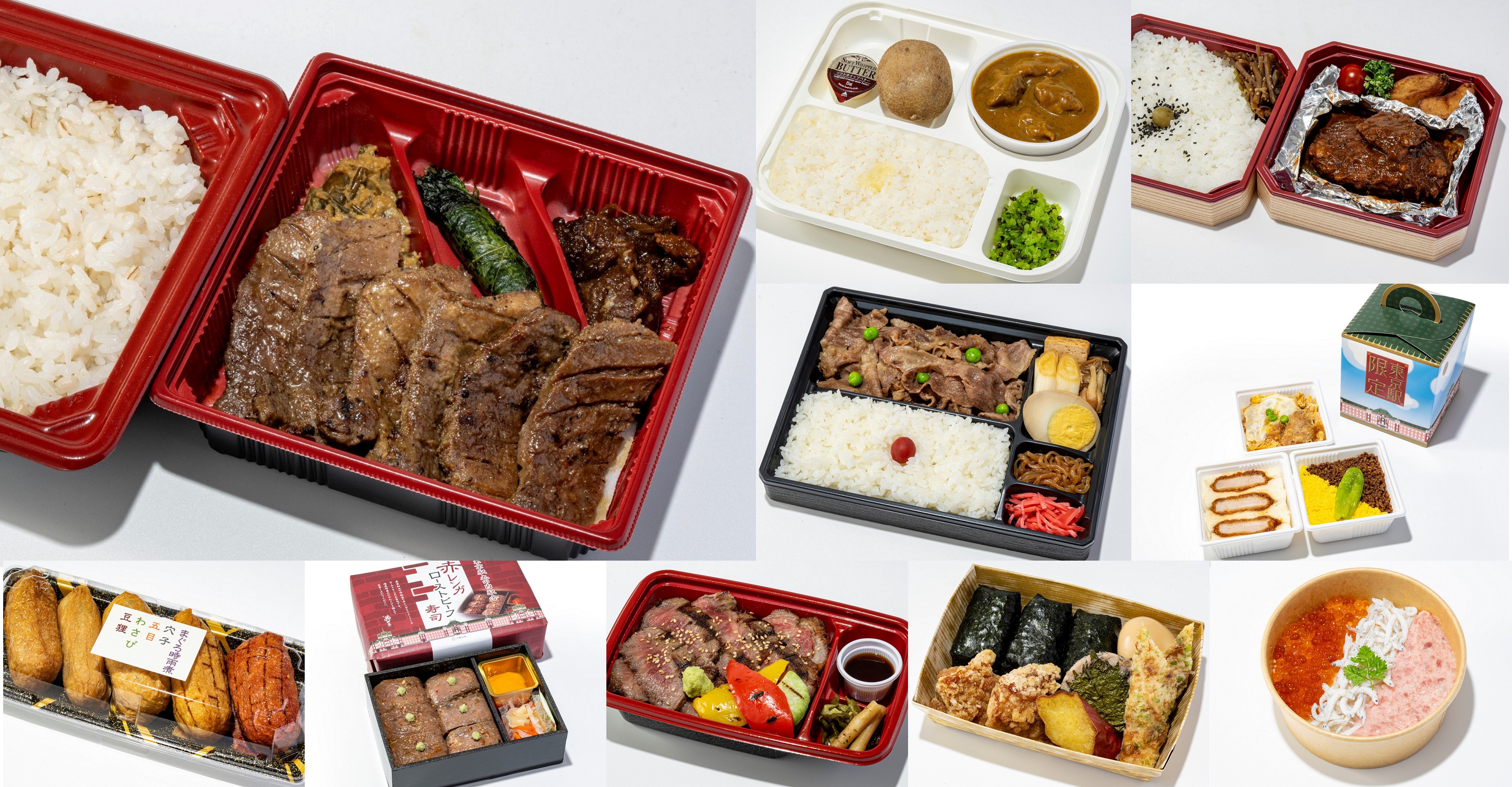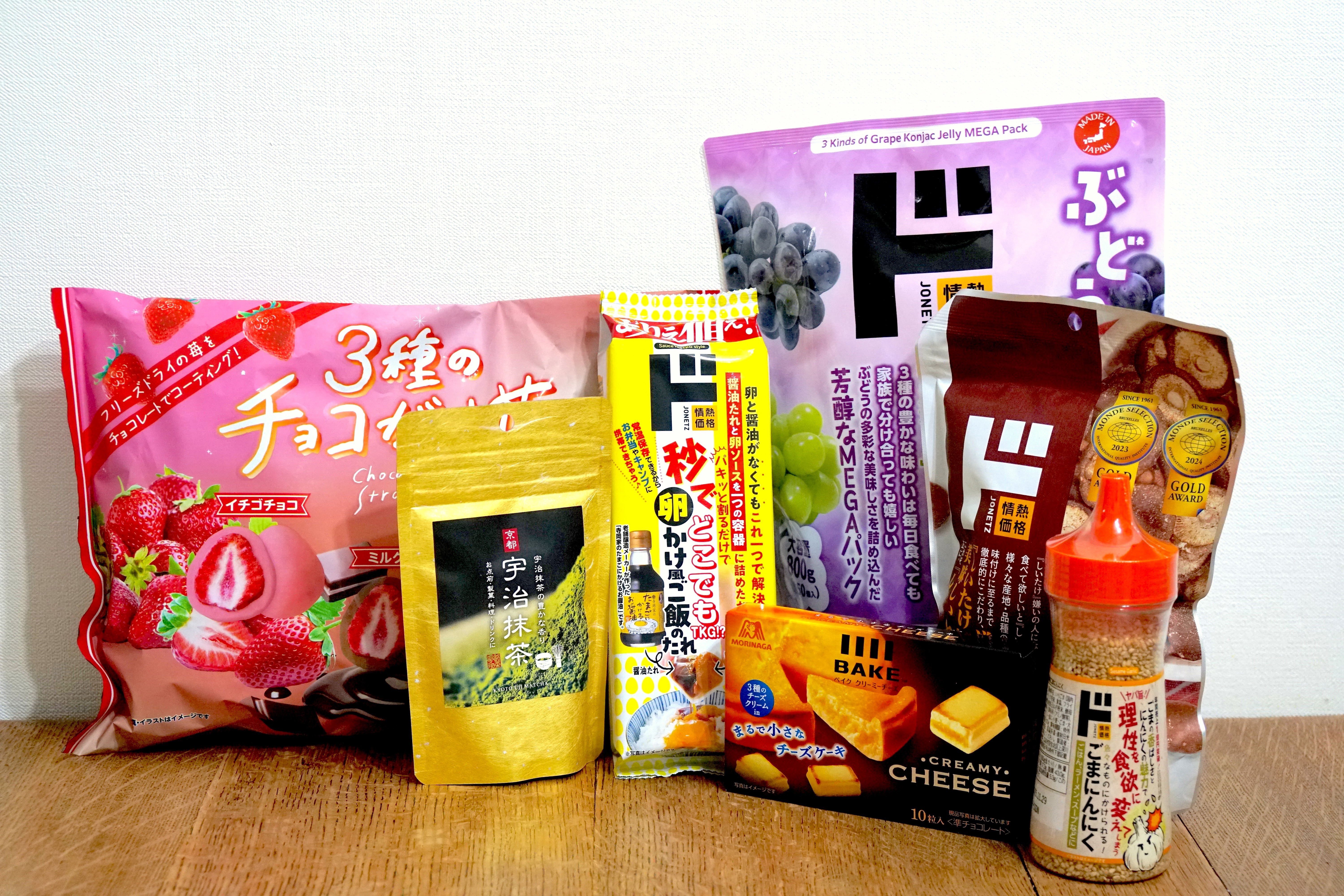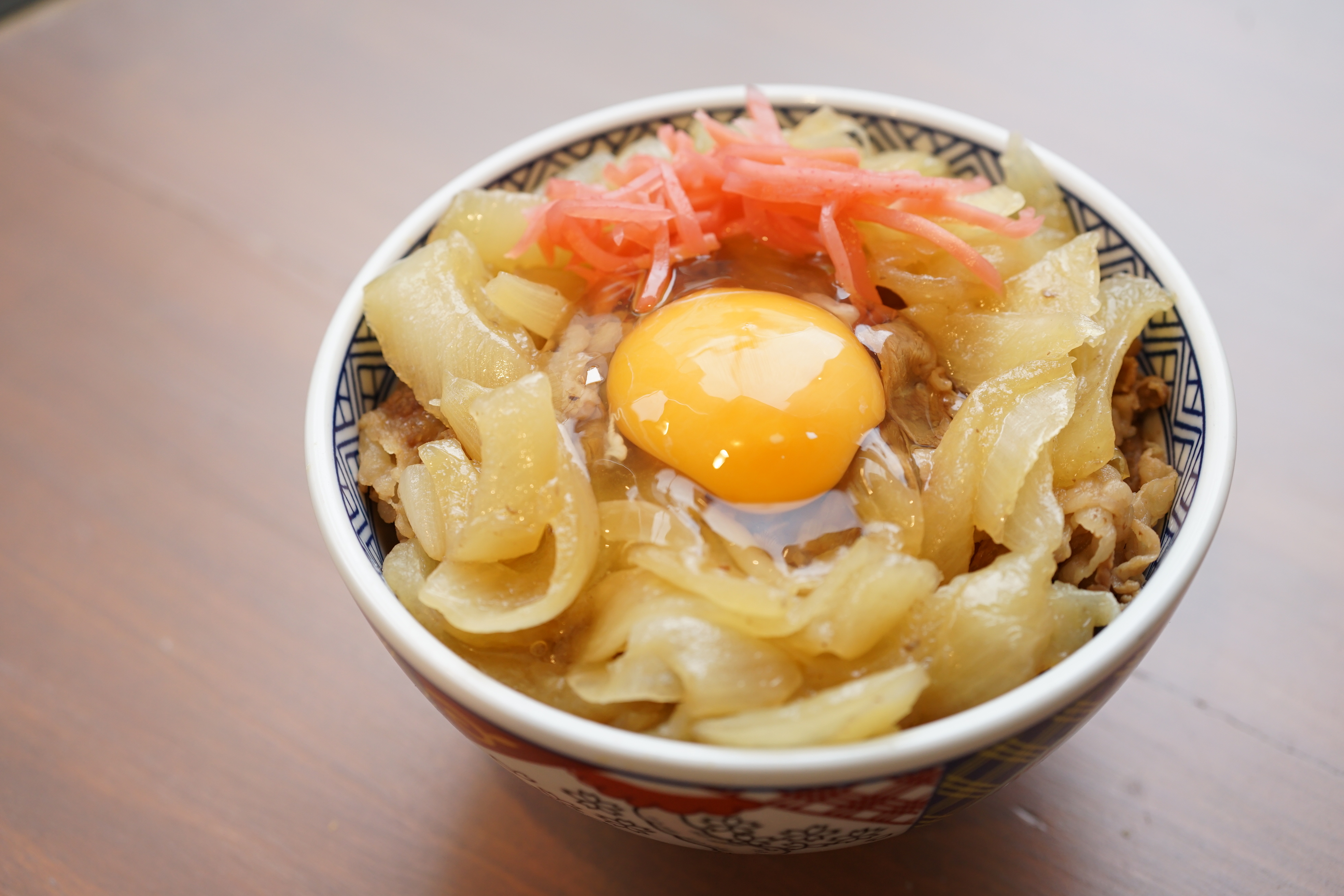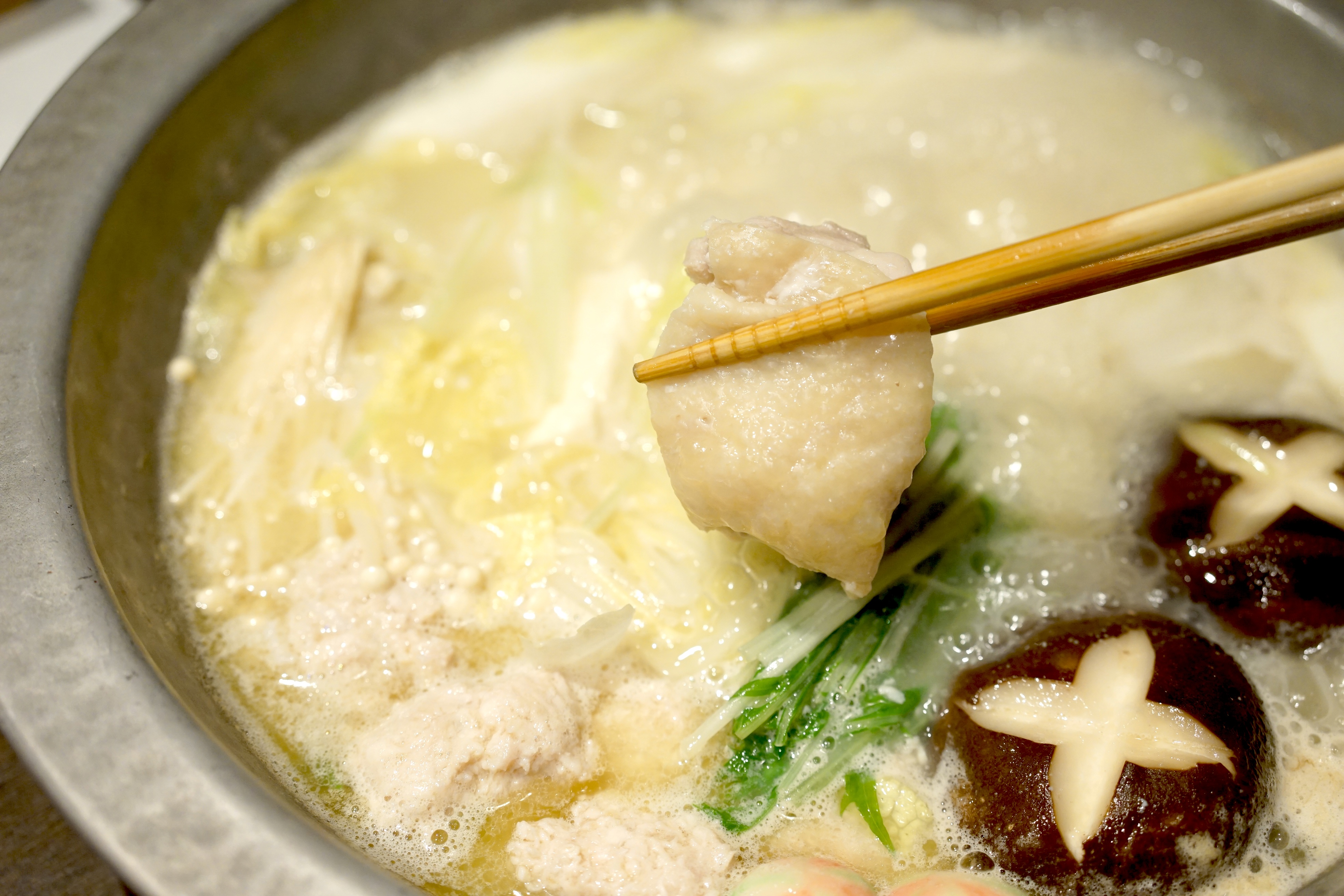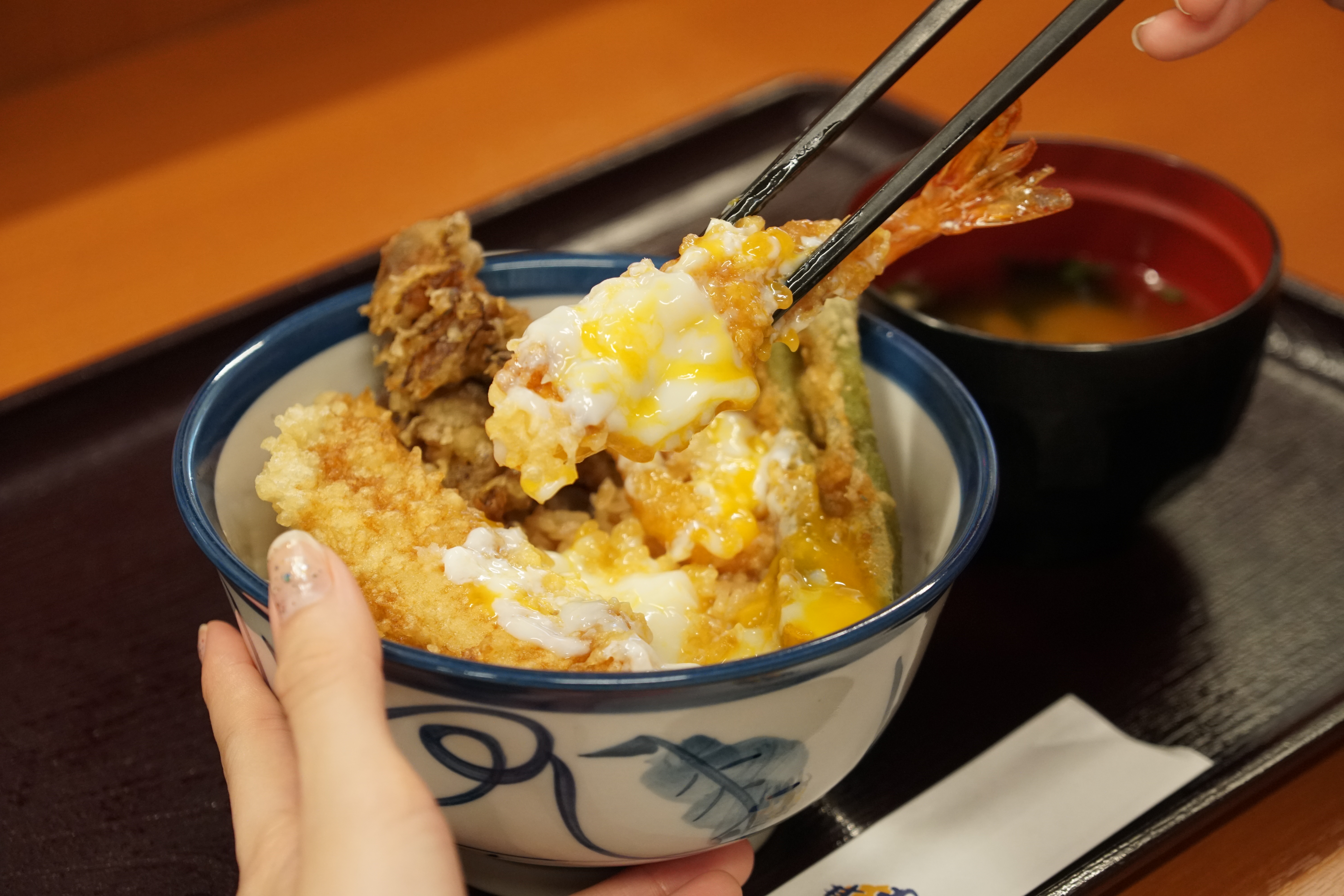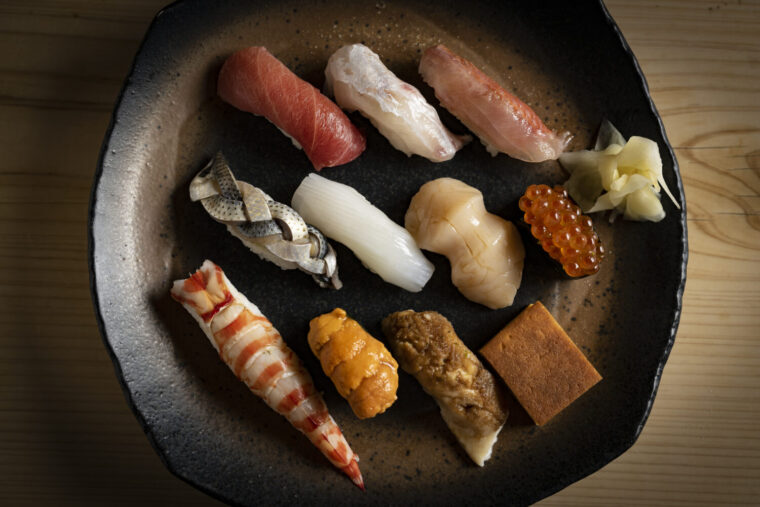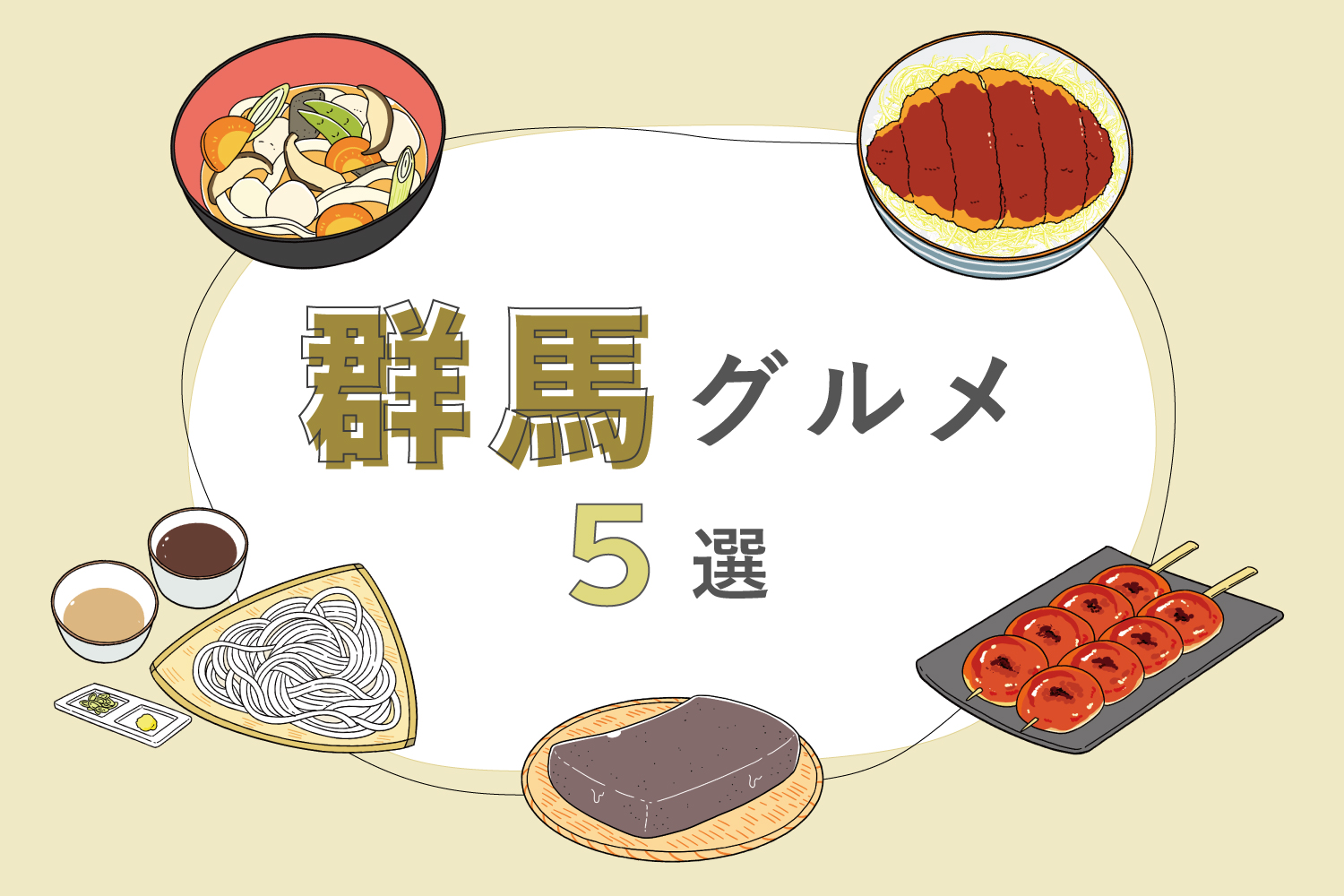
Must-Try Local Foods in Gunma: Okirikomi, Mizusawa Udon, Sauce Katsu-don, Konnyaku, and Yaki-Manju
Gunma Prefecture, located inland and surrounded by mountains, is blessed with abundant natural beauty. With a climate and environment well-suited for wheat cultivation, a rich food culture using wheat has developed here, including the famous “Mizusawa Udon.” The region also boasts the highest production of konnyaku in Japan, making it one of its most renowned specialties.
share:
Table of Contents
Okirikomi
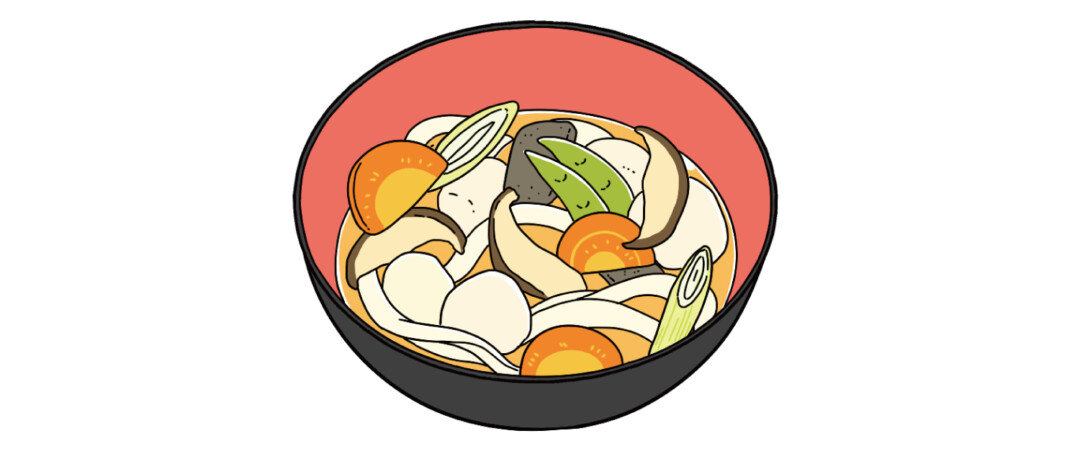
In Gunma Prefecture, where wheat production is thriving, there is a dish called “Okirikomi.” The name comes from the hand-cut wheat flour noodles added directly into the pot. It is also known as “Okkirikomi” or “Niboto.” It became popular in the Edo period when millstones started to be commonly used among ordinary people.
The fresh noodles, made without salt, are simmered together with seasonal vegetables and seasoned with miso or soy sauce. Because the noodles are boiled fresh, the dusting flour dissolves into the broth, giving it a natural thickness. A perfect dish for the cold winter season.
Mizusawa Udon
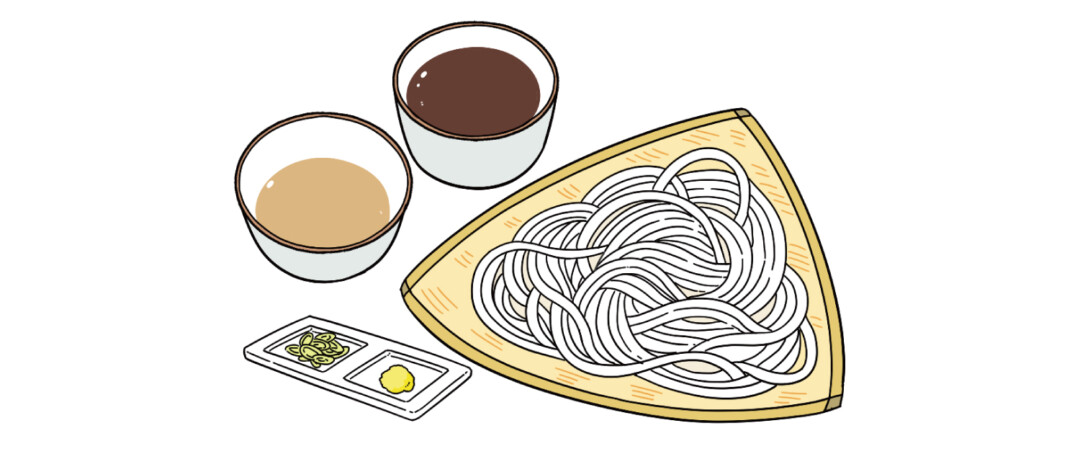
One of Japan’s three famous udon varieties, “Mizusawa Udon,” traces its roots back to the Asuka period. A monk from Korea, who contributed to the founding of Mizusawa Temple (Shibukawa City, Gunma), is said to have introduced the noodle-making method. Later, handmade udon was served to visitors of Mizusawa Temple.
Made only from wheat, salt, and water, Mizusawa Udon is known for its gloss and firm texture, typically served as chilled zaru-udon to highlight these qualities. The dipping sauce comes in two varieties—soy sauce-based and sesame-based—so you can enjoy whichever you prefer. Packaged versions are also available as souvenirs to enjoy at home.
Born in an Eel Restaurant! “Sauce Katsu-don”
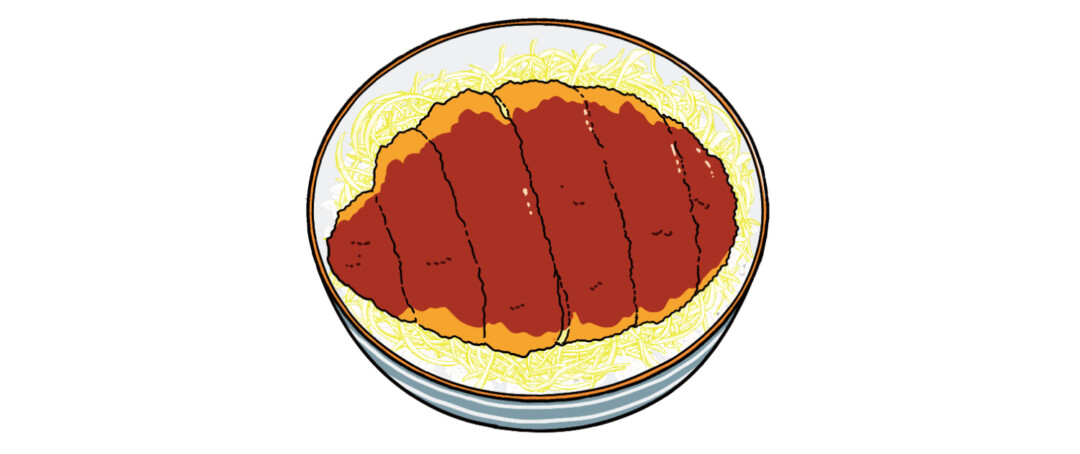
Gunma is known for its thriving pig farming industry, making pork-based dishes abundant. Among them, sauce katsu-don is one of the region’s soul foods. Surprisingly, the restaurant said to be the origin of Gunma’s sauce katsu-don was originally an eel specialty shop. Their unique sauce—created by combining eel sauce with Worcestershire sauce—became popular, and more eateries began offering the dish. Unlike other variations, the cutlet is not cooked with egg, and pork fillet is used, making it look hearty yet light and easy to eat. In addition to sauce katsu-don, soy sauce katsu-don is also popular in Gunma.
Konnyaku
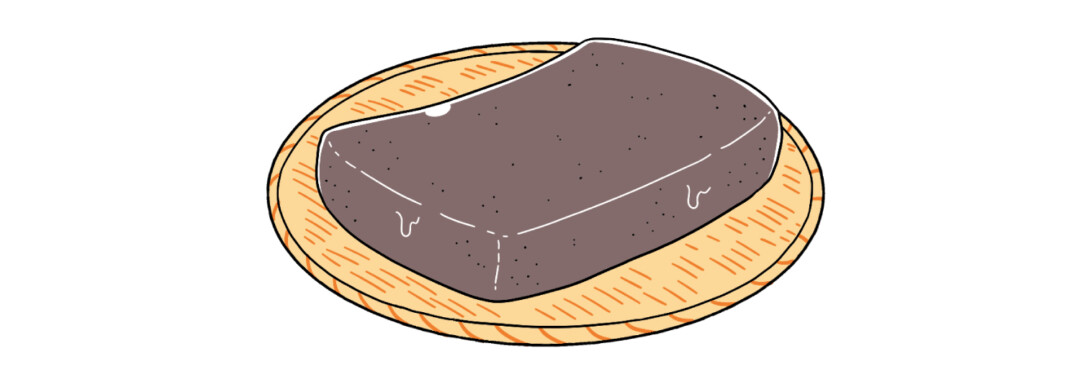
Gunma Prefecture produces most of the konnyaku sold across Japan. Blessed with well-drained soil suitable for growing konnyaku potatoes, the region became the country’s main production area after being the first in Japan to successfully improve varieties resistant to wind damage and disease. Konnyaku-based dishes are plentiful, loved for their high fiber content and health benefits. You can even find unique products such as “non-dripping ice cream made with konnyaku powder.” Be sure to try it when visiting Gunma!
Loved Since the Edo Period: “Yaki-Manju”
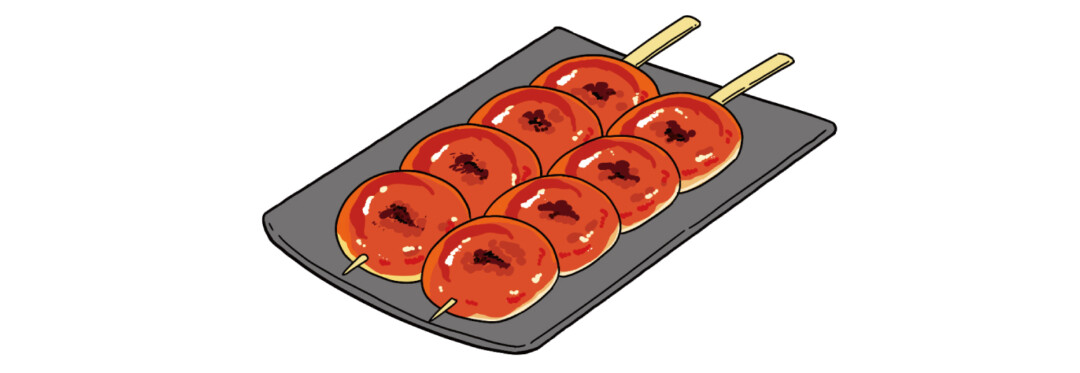
It is said that “Miso-marinated Manju,” created by Ruizo Harashima of Maebashi at the end of the Edo period, is the origin of today’s yaki-manju. The dough is made by mixing doburoku (unrefined cloudy sake) with wheat flour and letting it rest overnight. It is then shaped into dumplings, steamed, skewered three or four at a time, dipped in a sweet miso sauce, and grilled to perfection. When eating, remove the manju from the skewer and enjoy with chopsticks.
“Yaki-manju” is commonly sold at food stalls during festivals and cherry blossom viewing season, especially at events like Maebashi’s “Hatsuichi Festival.”
*The information is based on the time of reporting or creation, and may differ from the current situation.
tags:
share:










